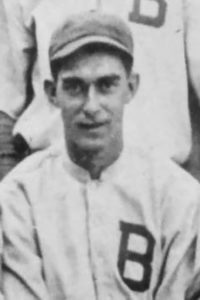Archaeology
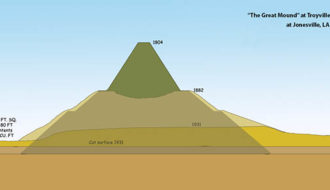
Troyville Culture
Dating to the Late Woodland Period, from 400 to 700 CE, the Troyville Culture is named for an archaeological site in Catahoula Parish.

Dating to the Late Woodland Period, from 400 to 700 CE, the Troyville Culture is named for an archaeological site in Catahoula Parish.
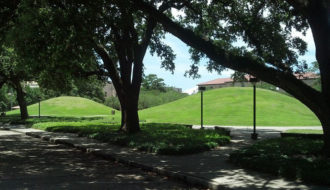
The LSU Campus Mounds are two Native American earthworks from the Middle Archaic Period located on the grounds of Louisiana State University in Baton Rouge.
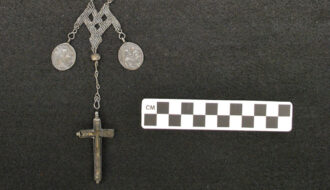
Thousands of New Orleans’s eighteenth-century residents are interred at the site of the St. Peter Street Cemetery in the French Quarter.
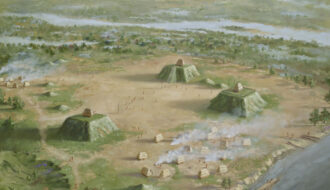
Once covering most of Louisiana, the Coles Creek culture is known for its distinctive ceremonial mound sites.
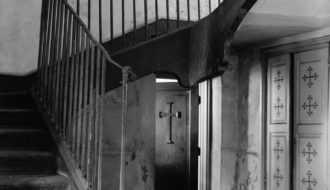
Louisiana architect and preservationist Richard Koch worked with the Historic American Buildings Survey (HABS) in the state during the Great Depression.
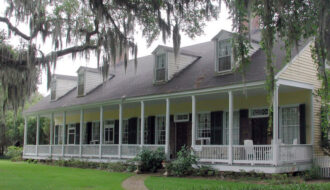
Andrew Jackson was entertained at Cottage Plantation while en route to Natchez after the Battle of New Orleans.
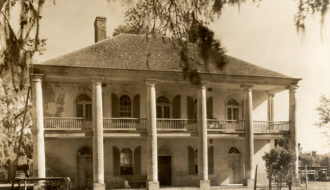
Chrétien Point, the center of the Civil War's Battle of Buzzard's Prairie in 1863, is rumored to have been spared when its owner, Hypolite Chrétien II, gave the Masonic sign.
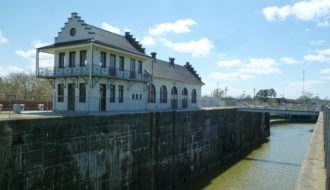
The Bayou Plaquemine Lock once allowed ships to pass from the Mississippi River through the bayou to Louisiana's interior.
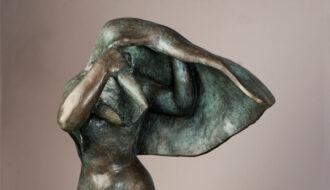
Sculptor Enrique Alférez's life spanned almost the entire twentieth century, with much of it spent creating art works in Louisiana.
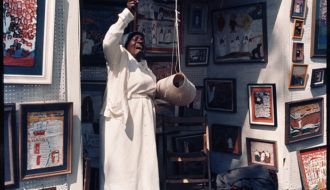
In 1939 Sister Gertrude Morgan moved to New Orleans, where she became a missionary and street evangelist. Music, poetry, and art were the primary tools of her ministry.
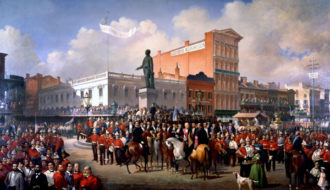
Though regarded as one of the best portrait painters in New Orleans's history, Paul Poincy's genre works are his most widely recognized.
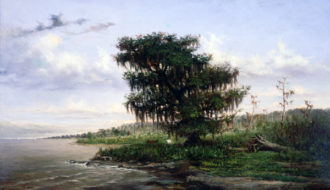
Born in Gibraltar, Andres Molinary settled in New Orleans in 1872 and became an active leader and teacher in the art community.

The oil and gas industry has been a dominant economic engine in Louisiana for well over a century.
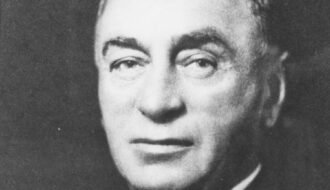
Samuel Zemurray was key to creating a global banana industry that generated great wealth, often at the expense of Latin American laborers, democracy, and economic development.
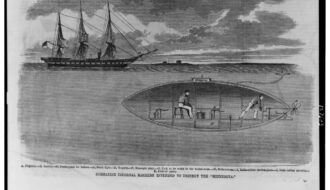
The Singer Submarine Company operated a naval yard on the banks of Cross Bayou that built five Confederate submarines, four of which were sunk before seeing combat.
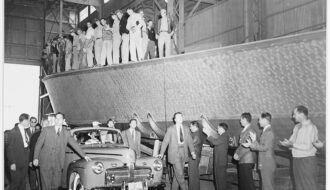
The United States’ entry into World War II spurred Louisiana’s recovery from the economic doldrums of the Great Depression.
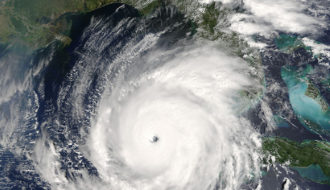
Making landfall in Cameron Parish on September 24, 2005, Hurricane Rita was the fourth-most-intense Atlantic hurricane ever recorded.
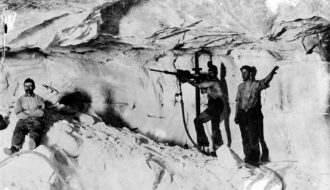
Once one of the most productive salt mines in the country, the Belle Isle Salt Mine was the site of numerous deadly accidents.
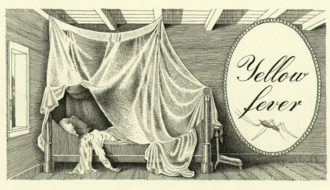
The last known epidemic of yellow fever in the United States occurred in Louisiana in 1905. Due to the intensity and frequency of these epidemics, it was often referred to as the "saffron scourge."

For a state experiencing land loss at an alarming rate, coastal restoration has become an urgent need.
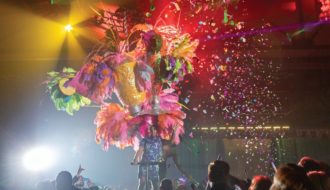
Since the mid-twentieth century, LGBTQ+ residents of Louisiana have contributed unique traditions to Mardi Gras celebrations.
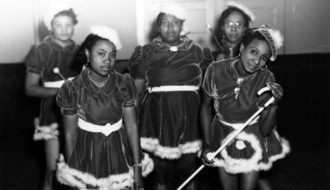
The Baby Dolls were one of the first women's street masking groups in the United States. The practice continues today as a living legacy.
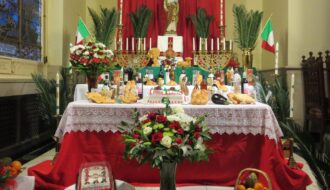
Catholic Louisianans of Sicilian descent erect altars laden with fresh produce, baked goods, and other foods to honor Saint Joseph.
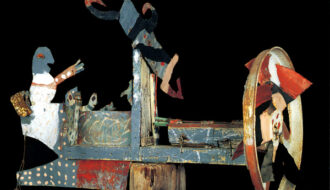
Well known in for his audaciously decorated home and lawn, David Butler fashioned whimsical, brightly painted assemblages from salvaged roofing tin to become one of the twentieth century's most widely collected self-taught artists.
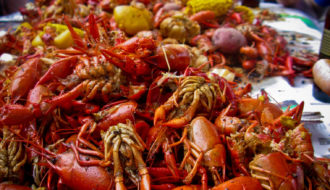
Crawfish boils are a springtime ritual in Louisiana.
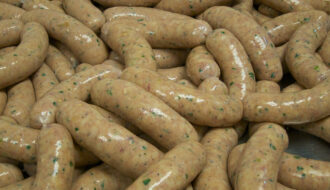
Boudin is a Cajun sausage made of meat and rice typically consumed with the filling removed from the casing and often squeezed directly into the mouth.

One of Louisiana’s renowned dishes, crawfish étouffée is typically comprised of crawfish cooked in its own juices with other seasonings and served over rice.
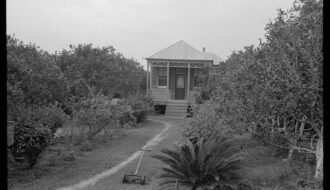
Louisiana’s citrus industry traces its origins to the early 1700s, but the effects of climate change increasingly threaten its long-term viability.
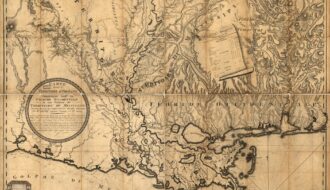
A portion of Louisiana was once the western extremity of colonial Florida
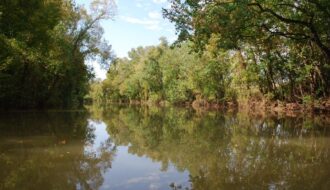
Before railroads and highways, Bayou Teche served as an important transportation route deep into the fertile interior of south-central Louisiana.
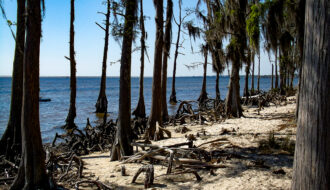
The Fontainebleau State Park bears the name of Bernard de Marigny's sugar plantation, which formerly occupied this site and was itself named after the estate of the French king Francois I.
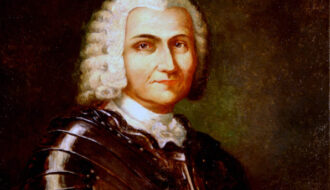
The Natchitoches settlement, founded in 1714, is the oldest in the Louisiana Territory.
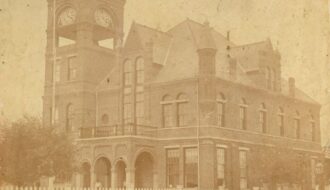
In 1917 the Louisiana court system ruled that Native people occupied the same legal status as African Americans under Jim Crow.
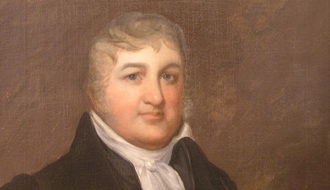
George Mathews served as the presiding judge of the Supreme Court of Louisiana from 1813 to 1836.
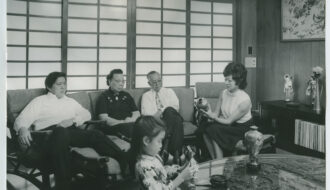
Harry Lee was the first Asian American elected to office in Louisiana and the first Asian American to serve as chief law enforcement officer of any major metropolitan area in the United States.
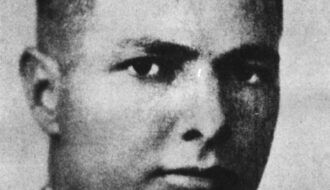
Alvin King served as governor of Louisiana for five months during a political power struggle between Huey P. Long and Lieutenant Governor Paul Cyr.
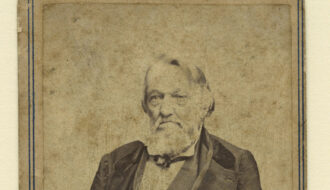
One of the wealthiest Louisiana residents of his generation, Bernard de Marigny de Mandeville was active in Louisiana politics and lucratively subdivided his New Orleans plantation, creating the neighborhood that still bears his name.
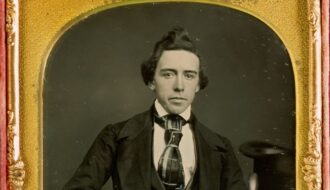
New Orleanian Paul Morphy rose to international fame as a chess master.
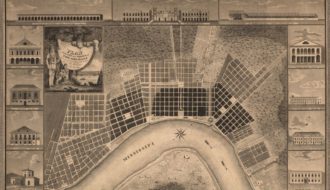
Eulalie Mandeville was an entrepreneur of extraordinary business acumen who became one of New Orleans' wealthiest free women of color.
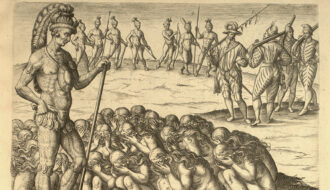
Indigenous people were enslaved alongside enslaved African people as domestic and agricultural laborers, guides, interpreters, hunters, sexual companions, and wives in colonial Louisiana.
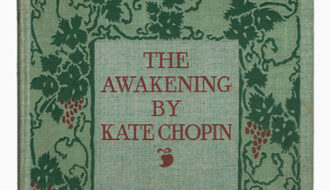
This entry provides an overview and analysis of Kate Chopin's short novel "The Awakening."
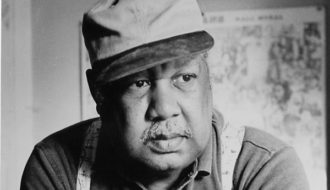
Considered among the most important southern writers, Ernest J. Gaines was an award-winning fiction writer whose work often features the region where he grew up: rural and small-town south-central Louisiana.
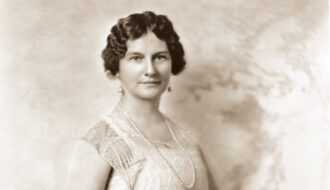
Francis Parkinson Keyes first visited New Orleans during Mardi Gras in 1940 when she was 55 years old. Enthralled with the city, Keyes rented a grand home in the French Quarter and set many novels there, including "Dinner at Antoine's," published in 1948. Keyes died in her home in New Orleans on July 3, 1970.
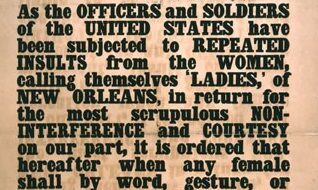
Clara Solomon is best known for her diary, which chronicles her experiences in New Orleans during the Civil War.
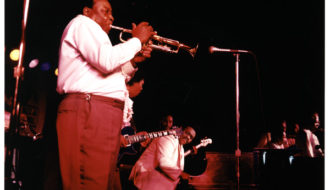
A longtime pillar of the New Orleans rhythm and blues community, Dave Bartholomew was a trumpeter, vocalist, songwriter, arranger, producer, bandleader, and astute businessman.
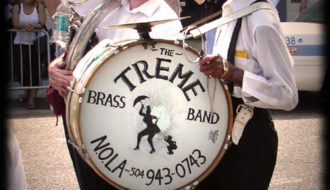
The Treme Brass Band is widely known for maintaining the traditional New Orleans brass band style.
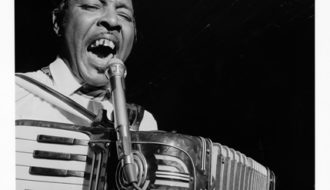
Clifton Chenier, self-proclaimed “King of the Bayou,” pioneered the modern sound of zydeco music starting in the 1950s.
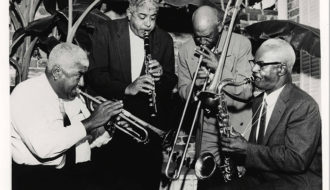
Albert Warner is best remembered as a traditional jazz and brass band trombone player from New Orleans.
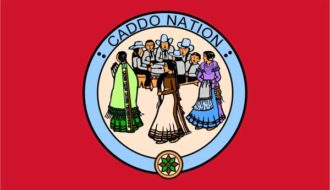
Caddo people began to inhabit the Red River valley approximately 2,500 years ago.
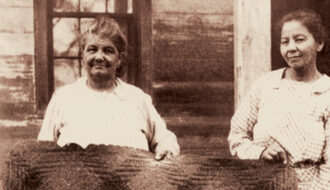
The Chitimacha Tribe is the only federally recognized tribe in Louisiana to still occupy part of its ancestral territory.
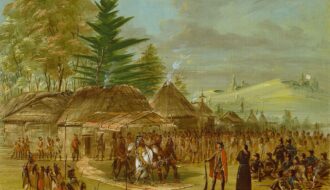
One of Louisiana's pre-contact indigenous groups
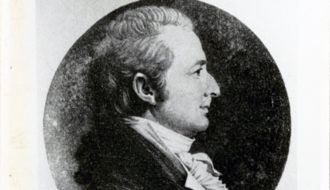
While Louisiana began as a French colony and its dominant culture remained Creole French well into the nineteenth century, Anglo-Americans began to form a significant minority in region the late colonial period.
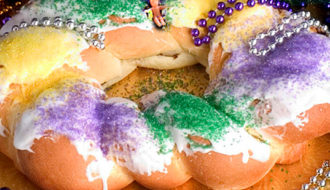
A round, braided cake consumed during the Carnival season across Louisiana, especially in New Orleans.
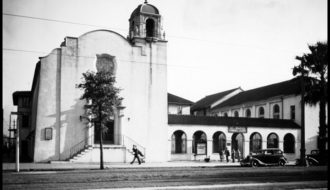
St. Mark's Community Center, a settlement house run by Methodist deaconesses, opened its doors in New Orleans in 1909 and continues to operate today.
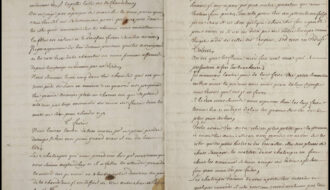
A Jesuit priest was the first to establish Catholic missions among the Indigenous peoples of the Gulf South.
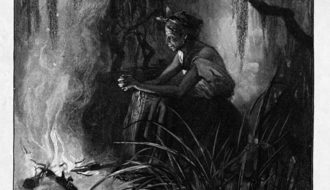
Voudou, a synthesis of African religious and magical beliefs with Roman Catholicism, emerged in New Orleans in the 1700s and survives in active congregations today.
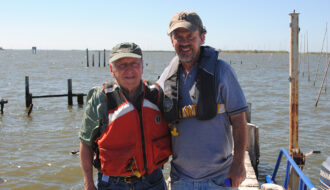
Woody Gagliano sounded the alarm on Louisiana’s coastal land loss crisis and worked with his colleagues for decades to remedy the problem.
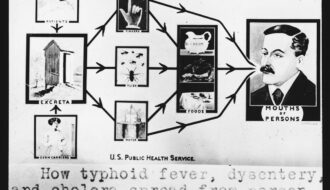
During the nineteenth century, cholera epidemics caused tens of thousands of deaths throughout the state of Louisiana.
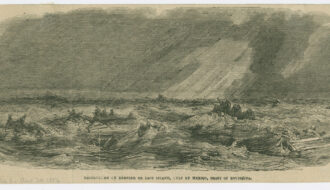
Louisiana hurricanes have played an essential role in the state’s history from colonization through the present and are as memorable as the places and people they impact.
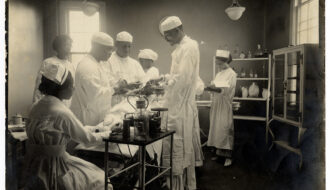
Flint-Goodridge Hospital opened in 1896 to serve New Orleans’s Black community and provide medical training for Black nurses and physicians at a time when other hospitals denied services to Black people.

New Orleans sailing champion Buddy Friedrichs won a gold medal in the 1968 Summer Olympics in the Dragon Class.
The Evangeline League was a minor league baseball circuit in southern and central Louisiana in the first half of the twentieth century.
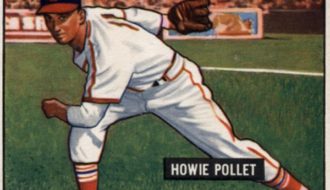
Howie Pollet was one of three left-handed pitchers from the same New Orleans block to make it to baseball's major leagues.
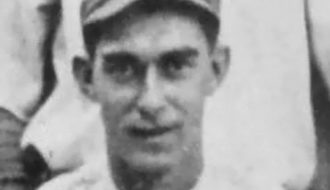
Larry Gilbert played major-league baseball, including in the 1914 World Series, before managing the New Orleans Pelicans.
One-Year Subscription (4 issues) : $25.00
Two-Year Subscription (8 issues) : $40.00
